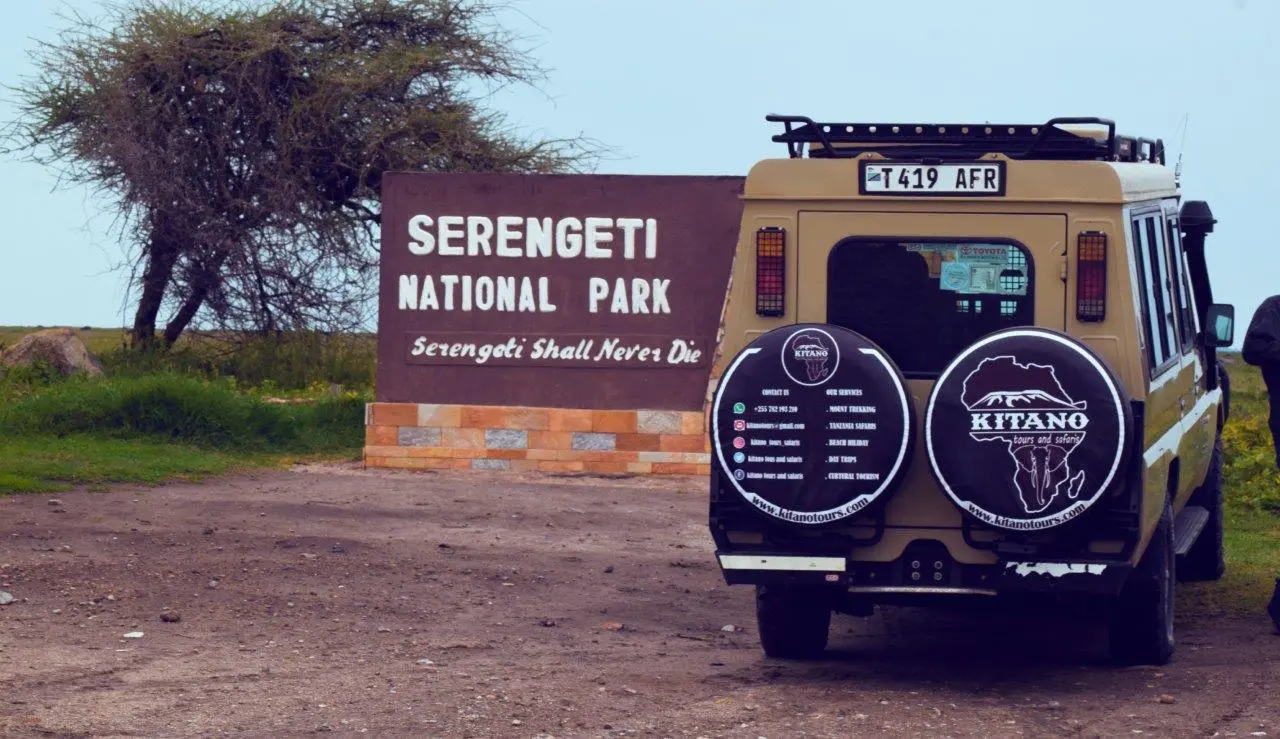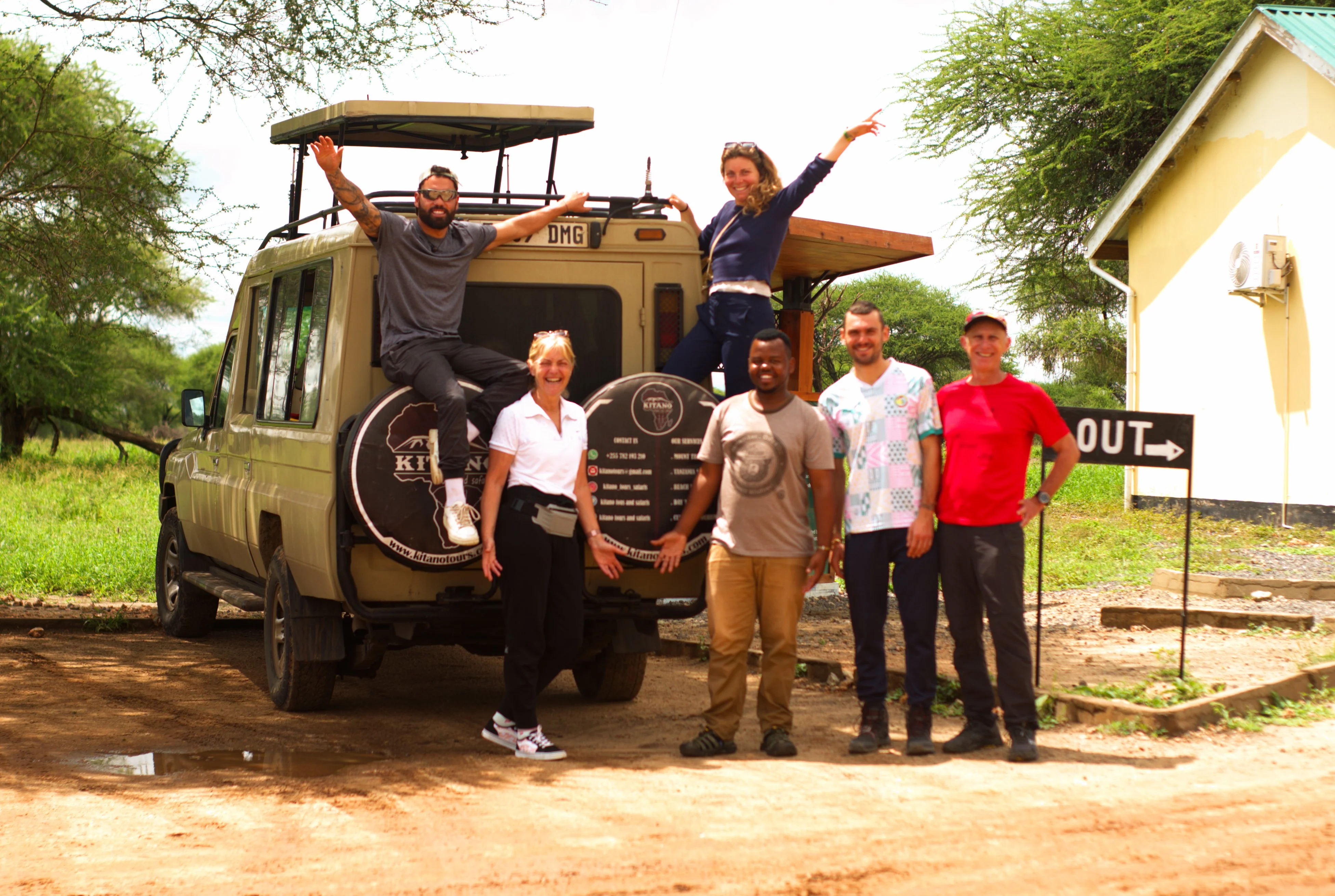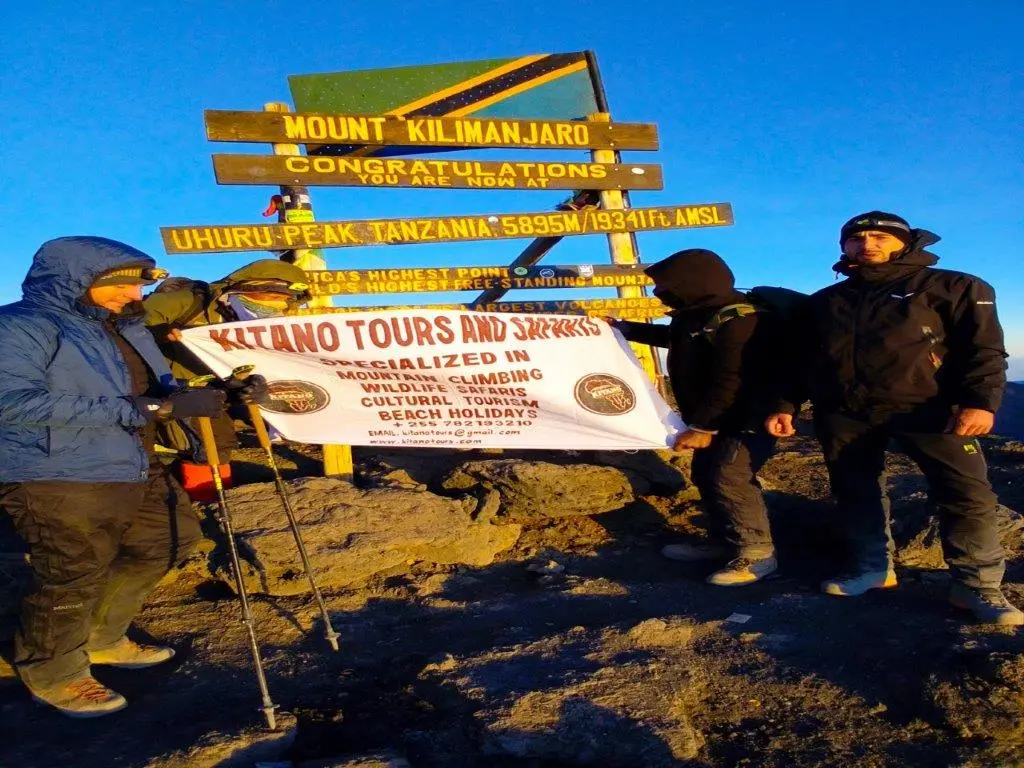What is the Big Five?
The term "Big Five" originally referred to the five most difficult animals to hunt on foot in Africa: the African lion, African elephant, Cape buffalo, African leopard, and rhinoceros. Today, the term is typically used in the context of wildlife tourism to describe the five most sought-after animals for viewing on safari.
The Big Five are often considered the flagship species of African wildlife, and they are among the most iconic and recognizable animals on the continent. They are also important from a conservation perspective, as all five species have faced significant threats in recent decades, including habitat loss, poaching, and human-wildlife conflict.While the Big Five are not the only animals worth seeing on safari, they are certainly some of the most impressive and memorable, and many visitors to Africa hope to catch a glimpse of these magnificent creatures in their natural habitats.
Top safari to see the Big 5 in Tanzania
Tanzania is home to some of the best safari destinations in the world, and there are many tour operators and safari companies that offer packages that focus on seeing the Big Five. Here are some of the top safaris to see the Big Five in Tanzania
Serengeti National Park:
This is one of the best places in the world to see the Big Five. The park is home to large populations of lions, elephants, buffalos, and leopards, and while rhinos are harder to spot, the park is home to a small population of black rhinos.

Ngorongoro Conservation Area:
This is a UNESCO World Heritage Site and one of the best places in Tanzania to see the Big Five. The area is home to some of the densest populations of lions in Africa, as well as elephants, buffalos, and leopards. Rhinos are also present, but sightings are rare.

Tarangire National Park
This park is famous for its large herds of elephants, and it's also a great place to see lions, buffalos, and leopards. While rhinos used to be present in the park, they were poached to extinction in the 1970s.
.webp)
.webp)
